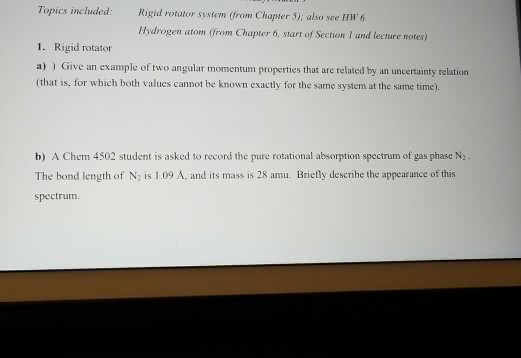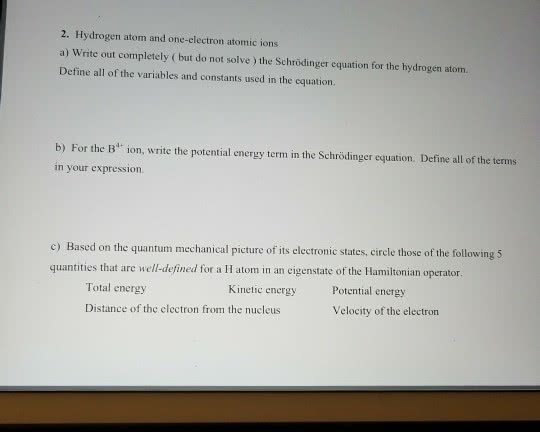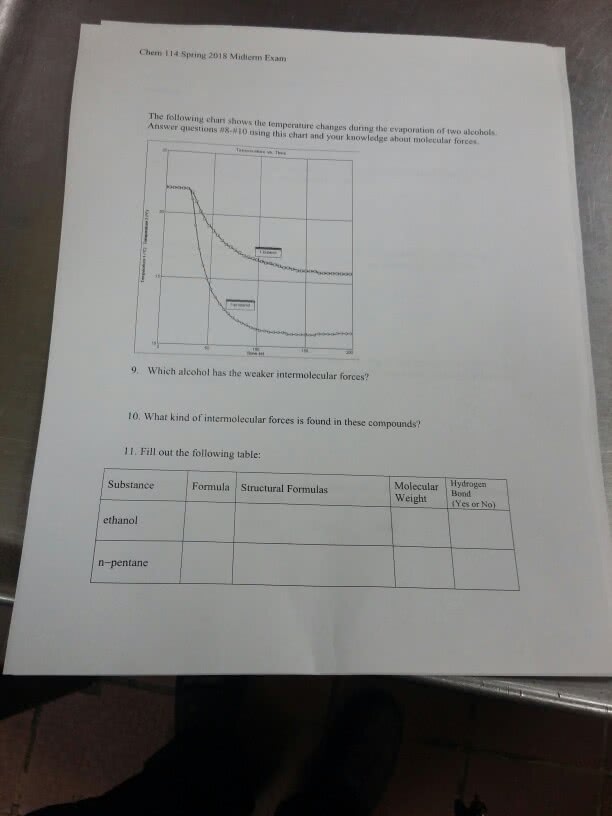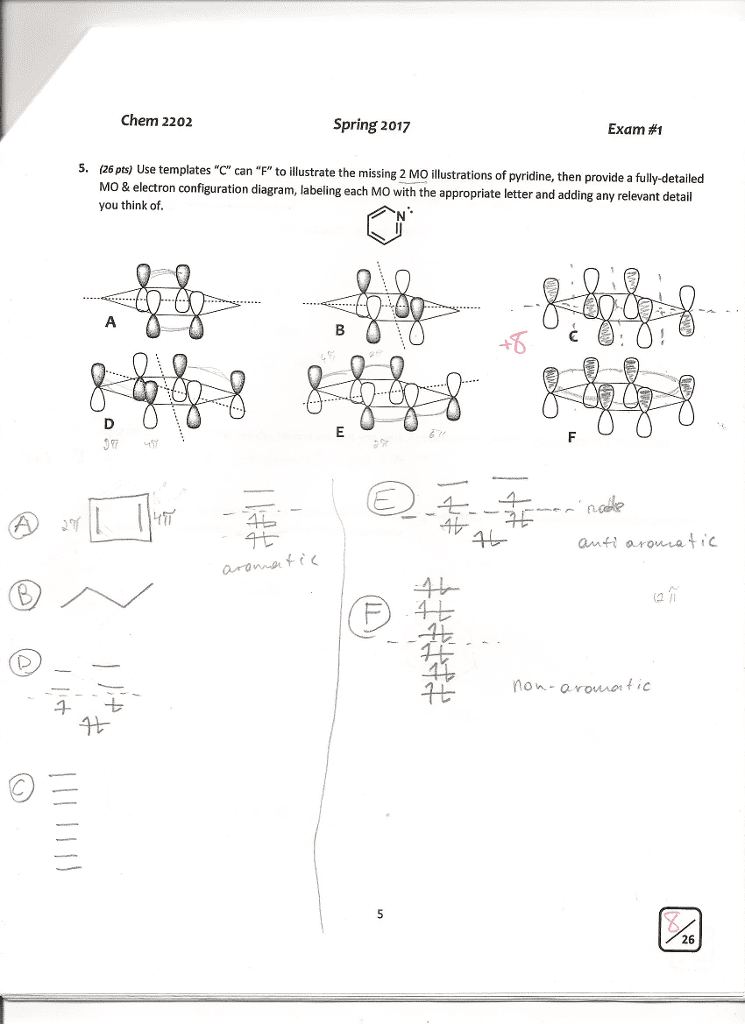CHEM 1128Q- Final Exam Guide - Comprehensive Notes for the exam ( 53 pages long!)

19
CHEM 1128Q Full Course Notes
Verified Note
19 documents
Document Summary
Chem1128q - lecture 2 - chapter 11: solutions and colloids. Liquids are a group of molecules grouped together by their intermolecular forces. Intermolecular forces: hydrogen bonds, dipole-dipole forces, london dispersion forces. Varying bond strength is what leads to differences in boiling points between liquids. Solute - the substance you mix into a solution. Solvent - the substance you mix the solute in to. Solution - the combined mixture of the solution and solute. Ie. solute = salt, solvent = water, solution = salt water. Gases have no intermolecular forces so they are easier to mix. Forming a solution is spontaneous; you do not need to add energy. If a solute is going to dissolve, it will dissolve without any prompting or input of energy. Addi(cid:374)g heat or stirri(cid:374)g speeds up the dissolutio(cid:374) pro(cid:272)ess, (cid:271)ut it"s (cid:374)ot what catalyzes the dissolution process to begin with. Miscible - liquids that are able to mix. Immiscible - liquids that are unable to mix.





